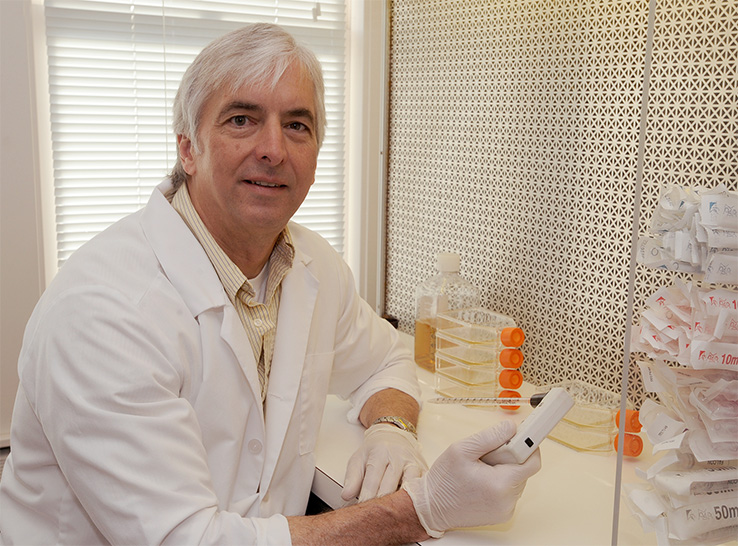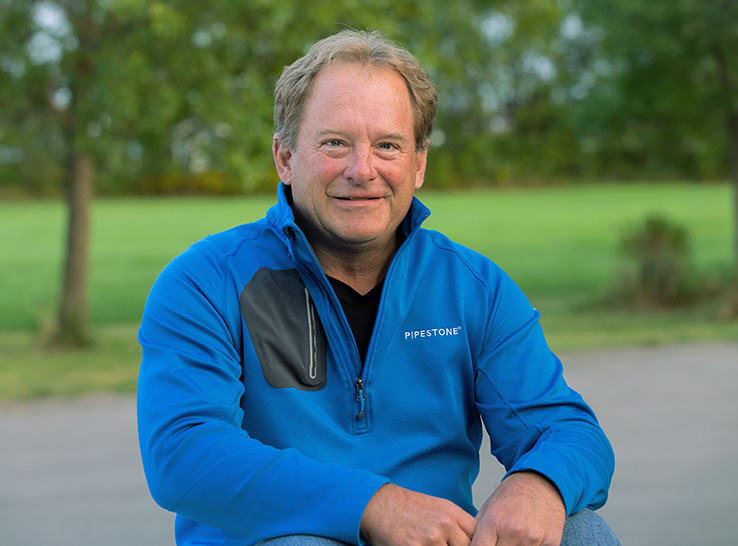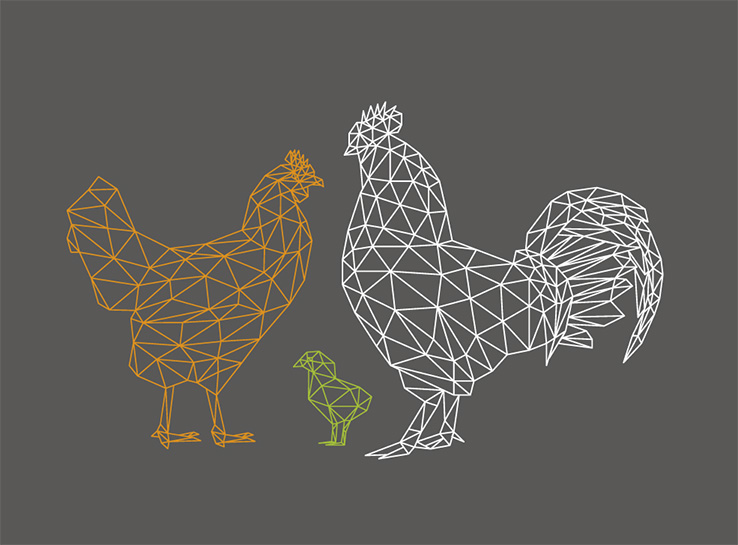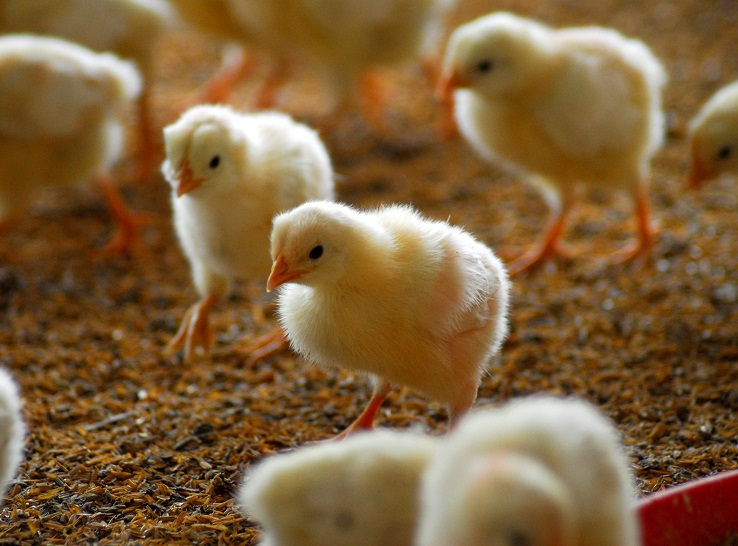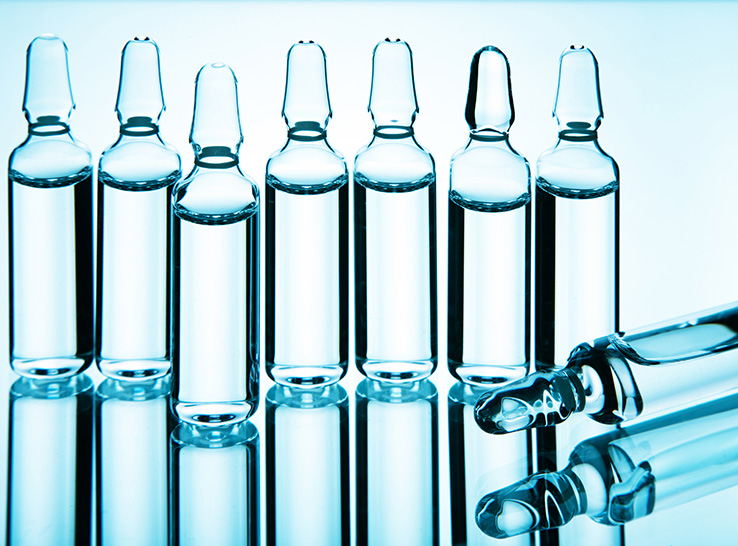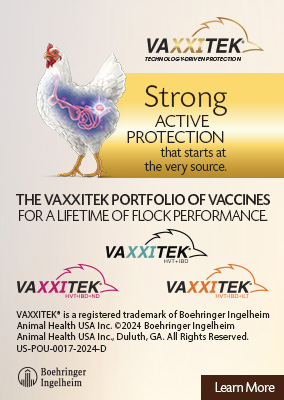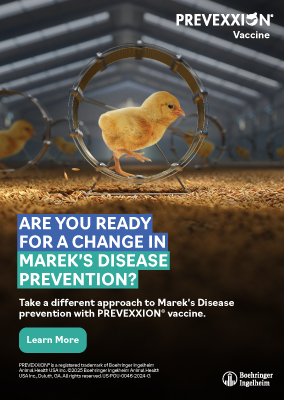 Biosecurity is a continuous work in progress with protocols evolving over the years based on new research and experiences.
Biosecurity is a continuous work in progress with protocols evolving over the years based on new research and experiences.
For 36 years, Scott Dee, DVM, PhD, has worked in the pig industry — first in a swine veterinary practice in Minnesota and then spending the bulk of his tenure researching viruses and biosecurity strategies.
A significant portion of that time was spent studying the porcine reproductive and respiratory syndrome virus (PRRSV), which some in the poultry industry compare to highly pathogenic avian influenza (HPAI), and its transmission. “There’s not that much difference between the viruses,” says Dee, who is also a microbiologist.
Unlike HPAI, PRRS is not a regulatory or market-limiting disease, but it has cost the industry billions of dollars since it was first identified in 1991. According to a 2021 estimate by Iowa State University, the disease costs US producers about $664 million a year.1 “PRRSV is the one thing that changed all aspects of our biosecurity strategies,” he adds.
Earlier this year, at an educational forum hosted by Boehringer Ingelheim, Dee sat down with poultry veterinarians to share some insights into the role that mechanical vectors — people and vehicles — play in transmitting viruses from farm to farm, building to building.
He emphasizes that there is a lot of cross-species learning that can take place. “Yes, the pig and poultry production systems and housing are different, but the fomite risk is not that different,” Dee notes. “We need to learn from each other and share resources.”
A snowball got things rolling
It all starts with science. “You have to have the science to drive change; people aren’t going to do something just because you tell them to do so,” Dee says.
After a decade of dealing with PRRSV, swine veterinarians knew that pigs and boar semen were direct routes of virus transmission. But even when those issues were addressed through testing and quarantines, outbreaks continued — especially during winter months. The industry needed more answers.
In 2000, Dee decided to sample trucks and the environment outside of packing plants and found PRRSV everywhere. He then created what is now known as the “snowball from hell” study to determine if the virus could be moved from place to place. “The intent was to mimic the day in the life of a pork producer,” Dee notes.
He inoculated a snowball with PRRSV and placed it under the wheel well of his SUV and drove to a truck wash. As the snowball dislodged it contaminated his boots and the inside of the cab.
Dee then drove 30 miles to his house where he had set up a typical pig-farm entry site. This involved entering, taking off his boots, coat and such, on the “dirty” side to prepare to take a shower and change into designated barn clothes on the “clean” side before entering the facility. The office and pass-through supply window were separated from the dirty area by a wall. He simulated supply delivery using various materials — plastic, cardboard, Styrofoam, a toolbox — briefly setting each item down on the floor before handing them through an office window.
Dee replicated the sequence of events 10 times, along with 10 control replicates (with no virus in the snow). He found that eight out of 10 times live PRRSV traveled from the truck wash into the farm. “You have to call the human a fomite — an indirect object,” Dee says. “The person is not replicating the virus; he/she is literally walking it into the farm. I would bet a lot of money that it’s the same thing with HPAI.”
The study was the first big breakthrough on the indirect spread of PRRSV from fomites. “No one had ever shown how easy it was to move a virus around, especially in cold weather, on vehicles, boots and clothing, and humans are the connection,” he points out. “It changed the behavior and mindset of the pig industry.” It also advanced the control of other viruses over the long run.
Implementation requires a culture shift
The snowball study provided the science that the pig industry needed to make changes, Dee points out. “I don’t think there’s anything missing scientifically that needs to be re-discovered,” he adds. As for other food-animal sectors, “I’d make [biosecurity] changes based on the snowball study; I wouldn’t even hesitate. We have a lot of farms, time and data to back it up.”
The study has led to numerous changes, but the first and most critical step is to address the farm’s culture. That requires making biosecurity a priority and getting the farm personnel’s buy-in to make the necessary changes. For example, a person can’t go outside and just walk right back into a barn because he or she can bring the virus with them.
“The good news is the biosecurity steps to address mechanical vectors are not expensive,” he says.
An easy place to start is with controlled entry by setting up a boot bench where the person takes their shoes off on the dirty side, then spins around (with stocking feet raised) to the clean side where they put on barn-specific coveralls and footwear. The breeder/sow farms take it further by requiring shower-in/shower-out protocols, but the grower farms do not. Hand washing and/or using a hand sanitizer is important before entering the animal area. Also, this area is thoroughly cleaned, especially the floors, at the end of the day, which allows it to dry overnight and be ready for the morning crew.
Another important step is to establish truck-wash procedures that include cleaning, disinfection and drying for the outside and inside of the vehicle, including the cab. Keeping shoe covers in the cab to wear before walking from the vehicle to the barn is another layer of protection.
Dee advises reviewing how supply entries are handled. The pig industry has studied and adopted disinfectant and drying-room procedures to minimize that exposure risk.
Require anyone coming onto the farm to sign into a log book, which can help track outbreaks if needed. An increasing trend on sow farms is to swab the hands and feet of anyone who has had contact with pigs to check for viruses before entering the facility.
Of course, there are many more levels of biosecurity that can be applied, but basic steps can go a long way to minimize risks. “I’ve learned over the years it needs to be simple, user-friendly and have the science behind it to sell how and why it’s important,” Dee says. “There is a lot of good work on biosecurity in the public domain to use as a starting point.”
He offers this word of caution to the poultry industry from his experience: “If you don’t make changes, then the wild birds will keep dropping HPAI and people will keep walking it into the barns.”
Editor’s note: Content on Modern Poultry’s Industry Insights pages is provided and/or commissioned by our sponsors, who assume full responsibility for its accuracy and compliance.
1 Shike, J. We can’t afford the real costs of PRRS any longer. Pork. 2024 Feb. 12. https://www.porkbusiness.com/news/hog-production/we-cant-ignore-real-costs-prrs-any-longer. Accessed June 15, 2024.

